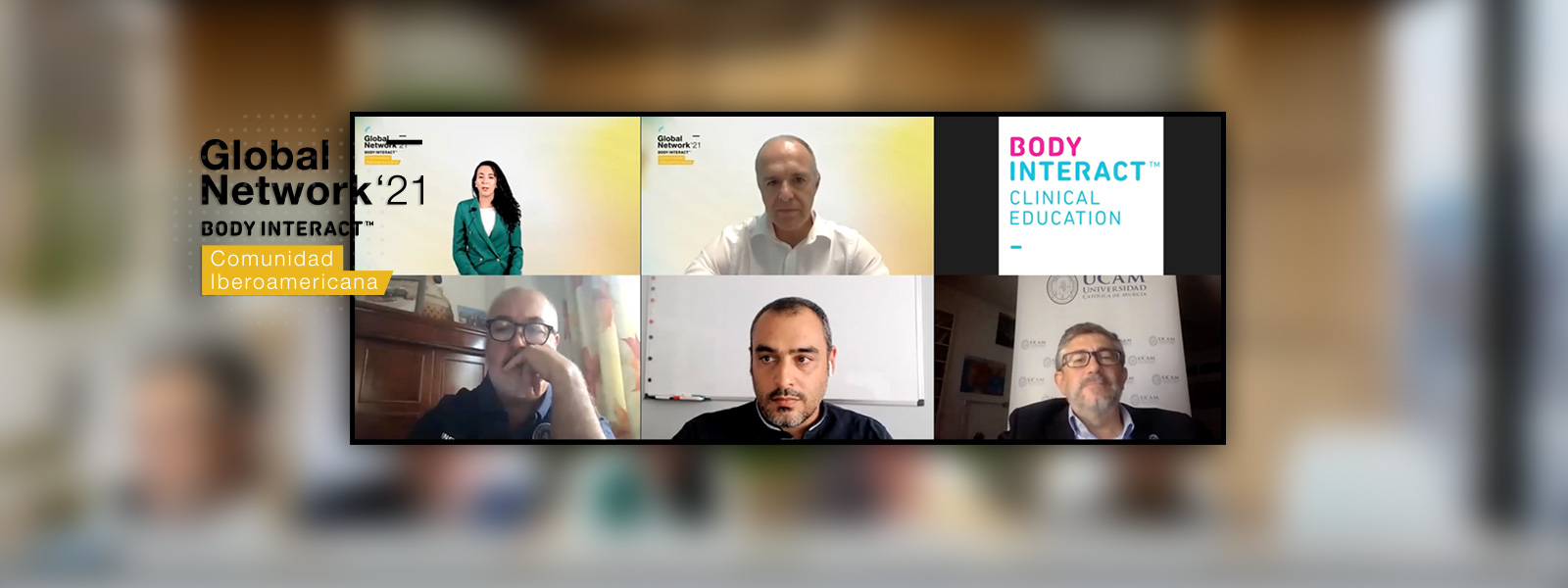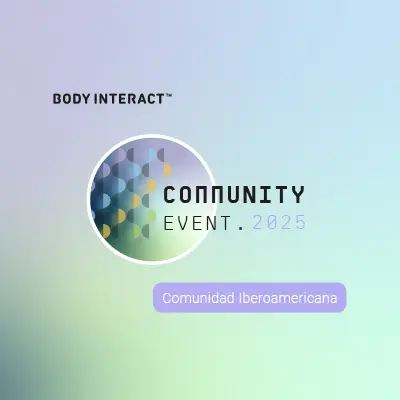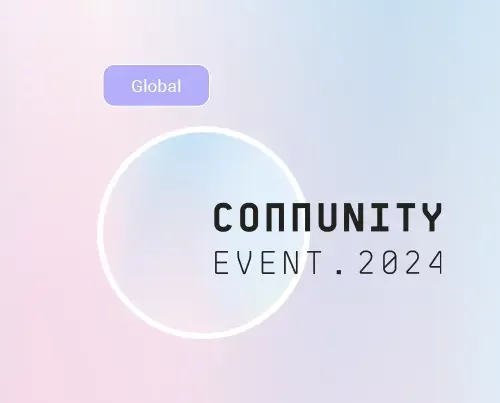
Presentation by Professor Scarllen Pérez
“What has covid-19 left us in terms of medical simulation after we come out of the pandemic period?” asked Scarllen Pérez, coordinator and clinical scenarios developer at the Medical Simulation Laboratory of Instituto Tecnológico de Santo Domingo (INTEC).
Before 2020, simulation and in-situ simulation were already understood as a good strategy for the education and training of current and future healthcare professionals. Duff et al. in 2016 concluded in their study that students’ satisfaction was higher on virtual simulation than the traditional simulation methods. Additionally, those who got the chance to practice with virtual patients achieved better results and reported that virtual patients were more realistic than standard actor patients.
Given the challenges that the pandemic situation brought to healthcare educators and students, virtual tools were highlighted as the solution to keep the training ongoing.
Based on Scarllen Pérez’s experience, Body Interact allowed the university to:
- Keep students learning and practicing in order to be ready when they could return to the hospitals;
- Promote patients safety;
- Foster the correct use of individual protection equipment and the attention to give to patients infected with SARS-COV-2.
Meaningful learning and adapted to students needs
At the end of 2020, INTEC developed a survey with 256 students that revealed that virtual simulation allows students to prepare for the in-person class, which also helped them feel confident in the moment of coming back to classes, interacting with the standardized patients and actors, and to the hospital setting.
Overall the students perceived more meaningful learning and adapted to their needs.
Many advantages were highlighted in the study, such as:
- Improving confidence and helping to stay calm during the practice due to the opportunity to repeat each scenario;
- Strengthen theoretical knowledge;
- Reflect on what they should improve and restudy;
- Focus on clinical reasoning development. Especially for the pre-graduated students to understand how their choices influence the patient condition;
- Motivate, entertain and give the idea to the student that the methodology is changing and adapting to their needs, interests, and reality.
Initially educators perceived the difference between the real and virtual environment as a pedagogical limitation. However, as proved by the study, students felt like in a real hospital with a real patient and manifested the emotions that represent their intention and worry to deliver appropriate care.
by Rita Flores – Body Interact Mkt and Commmunication Responsible








